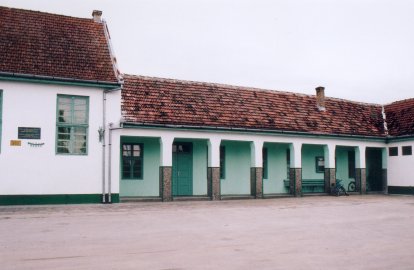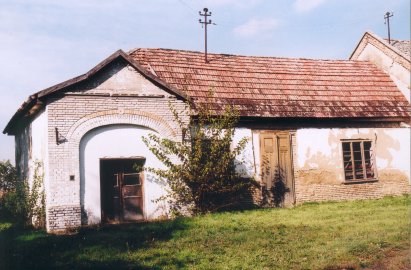A jugoszláv kapcsolat
dokumentumfilm
Szakolczai Attila bevezetője a filmhez
„A kisrádió mellett az édesanyám este mindig kézimunkázott. És hallgatta a rádiót. És láttam, hogy sír. És peregnek az arcán a könnyek. És kérdeztem, hogy miért sír. És azt mondta, hogy Marika, lövik a rádiót. És akkor én ezen nagyon megütköztem, hogy hát ketten vagyunk a szobában, és mi az, hogy lövik a rádiónkat, a készülékünkkel semmi gond nincsen.”
„Nemcsak mi, itteni magyarok, hanem az itteni szerbek, szurkoltak és örültek neki. És ez általános volt. Általános volt az, hogy örültek, szurkoltak annak, hogy hát sikerült a magyar forradalom.”
Igen. A határon túl, Jugoszláviában magyarok, szerbek, horvátok aggódtak és szurkoltak az 1956-os magyar forradalom sikeréért. Aztán váratlanul, részt is kellett venniük az eseményekben, ha nem is a harcokban, de a menekültek ellátásában.
1957 elején ugyanis a Kádár-kormány lezárta a magyar-osztrák határt, így elvágta a fő menekülési útvonalat a Nyugat felé. Ezután a magyar menekültek Jugoszláviában kerestek menedéket. Eleinte csak napi öt-hatszázan lépték át a határt, de két héten belül tízezerre rúgott azoknak a száma, akik erre indultak el. És a hónap utolsó napján, amikor a magyarok valósággal özönlöttek át a határon, Jugoszlávia már képtelen volt megbirkózni a menekültkérdéssel. A kritikus helyzetben a nyugati országok és legfőképpen az Egyesült Nemzetek Szövetsége nyújtott segítséget.
 |
 |
| Egykori menekülttábor Hajdújáráson |
Egykori menekülttábor Bács-Kossuthfalva (Ómoravica) melletti tanyán |
Végül is összesen 19 880 magyar menekült lépte át a jugoszláv határt. Közülük 2700 később visszatért Magyarországra, úgy ötszázan Jugoszláviában telepedtek le. A többiek továbbmentek nyugat felé. Franciaország, Belgium, Svájc, később Svédország és Dánia is fogadott be magyar menekülteket. De voltak, akik messzebbre, a föld másik oldalára, Kanadába, Ausztráliába vagy Új-Zélandra kerültek. Filmük néhány sorsot villant fel, néhányat a menekülők, a letelepülők és a helybéli segítők közül.
történész szakértő: Szakolczai Attila
narrátor: Madarász Zsolt
világosító: Legény Zoltán
hangmérnök: Hornos Gergely
zenei szerkesztő: Darázs Erzsébet
vágó: Koncz Gabriella H.S.E.
produkciós asszisztens: Siflis Klára
szerkesztő: Méry Zsuzsa
rendező-operatőr: Góczán Flórián
producer: Sárközy Réka
hossz: 45 perc
támogató: Magyar Történelmi Film Alapítvány
Gyártó: 2005, 1956-os Intézet Közalapítvány
|